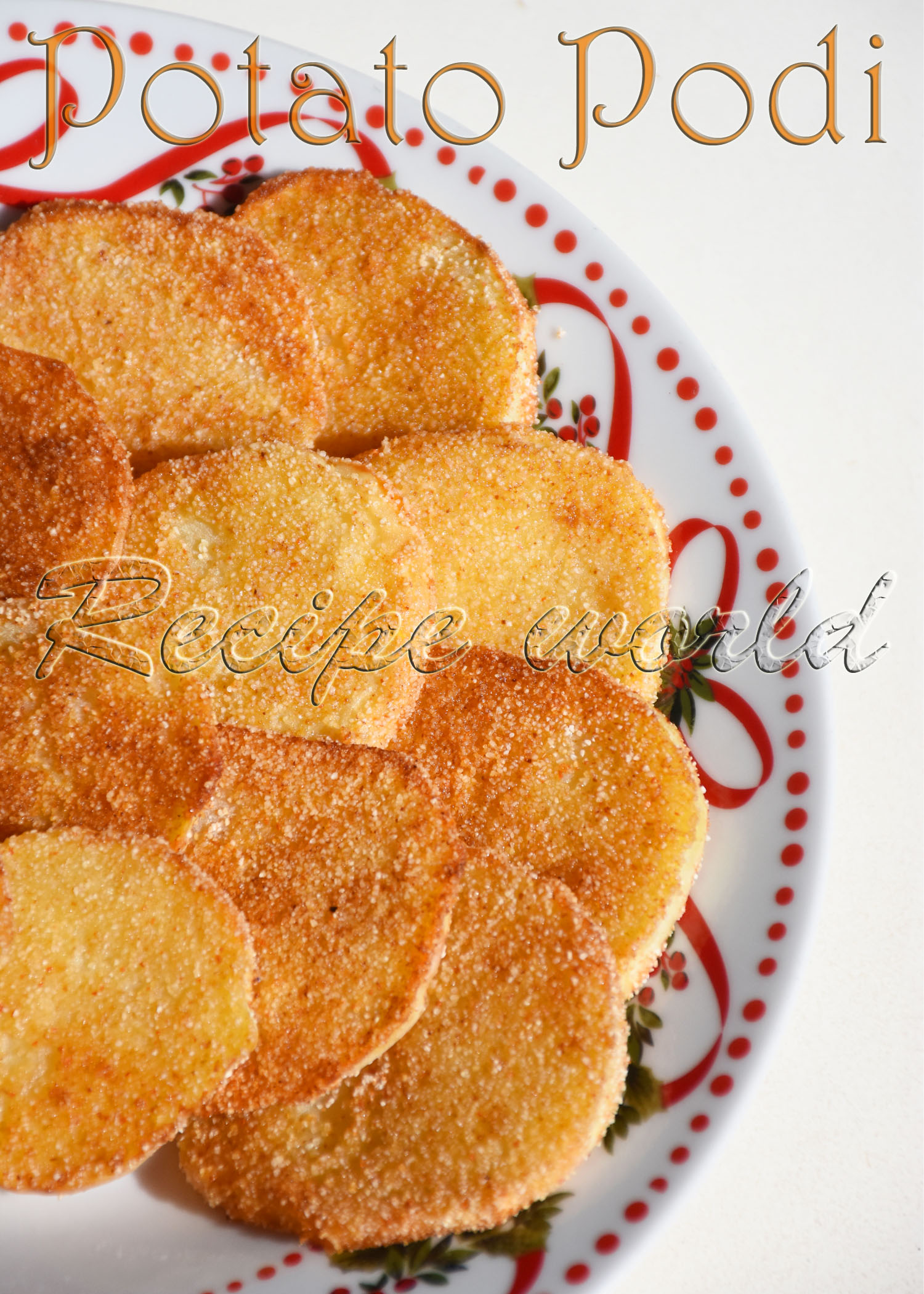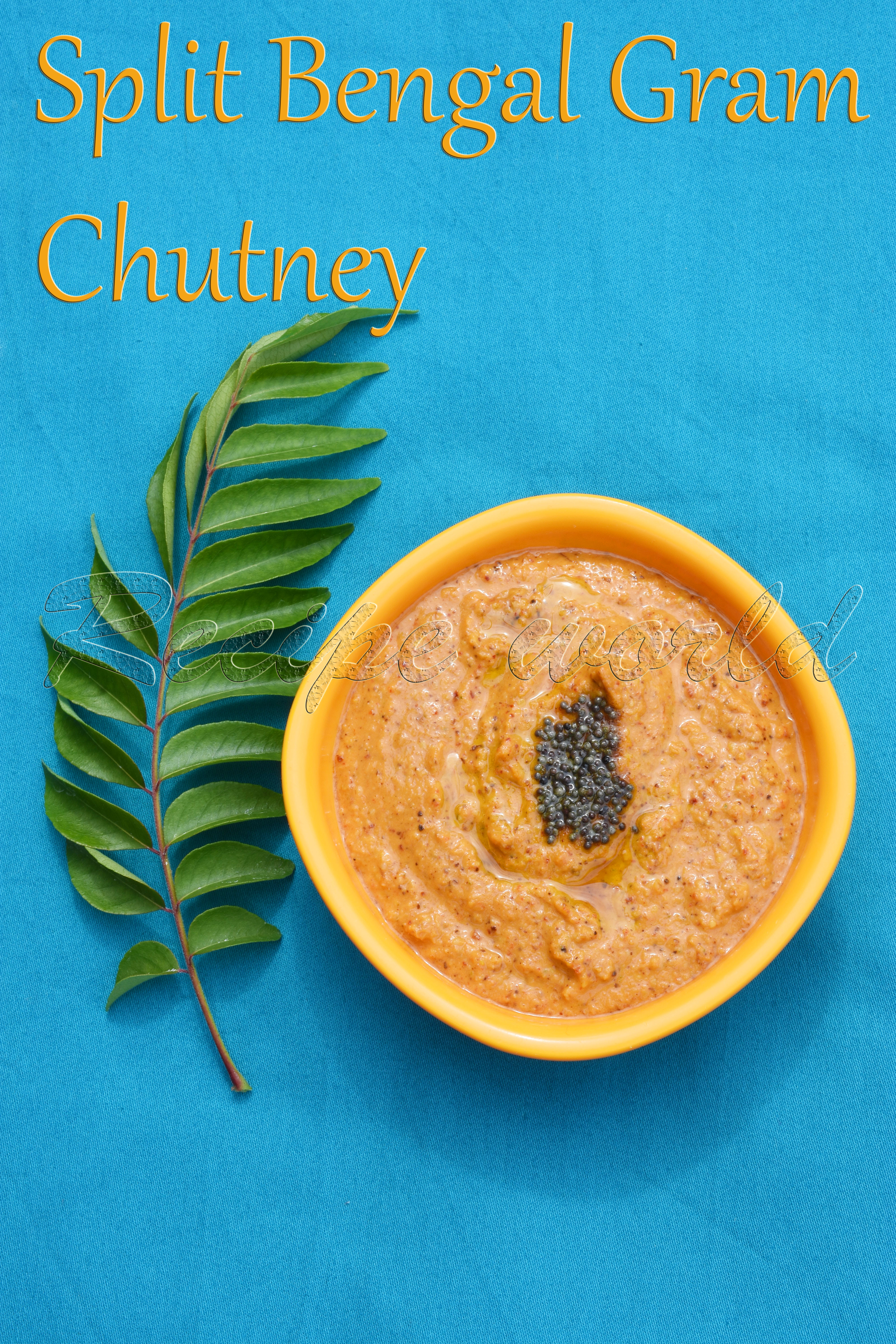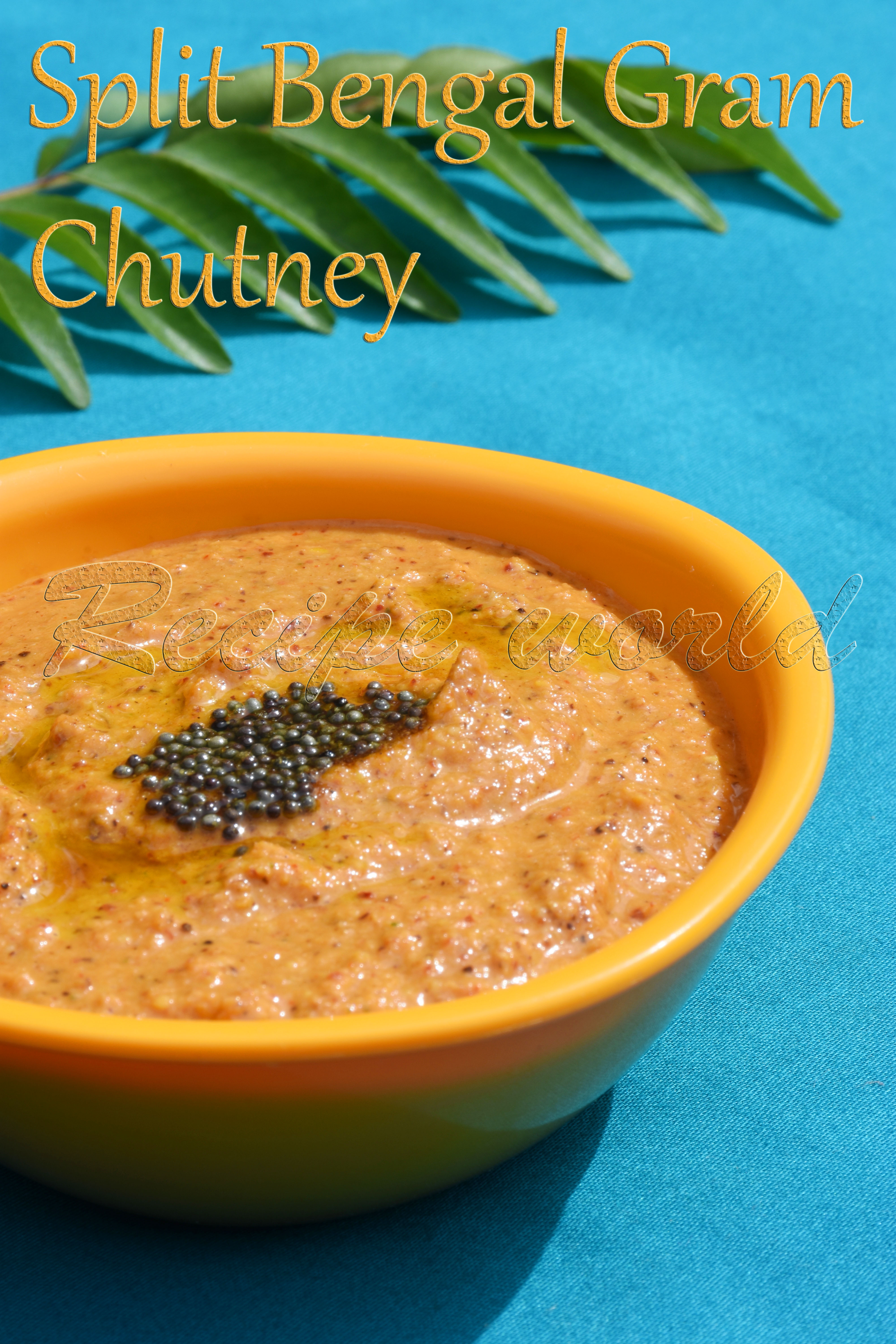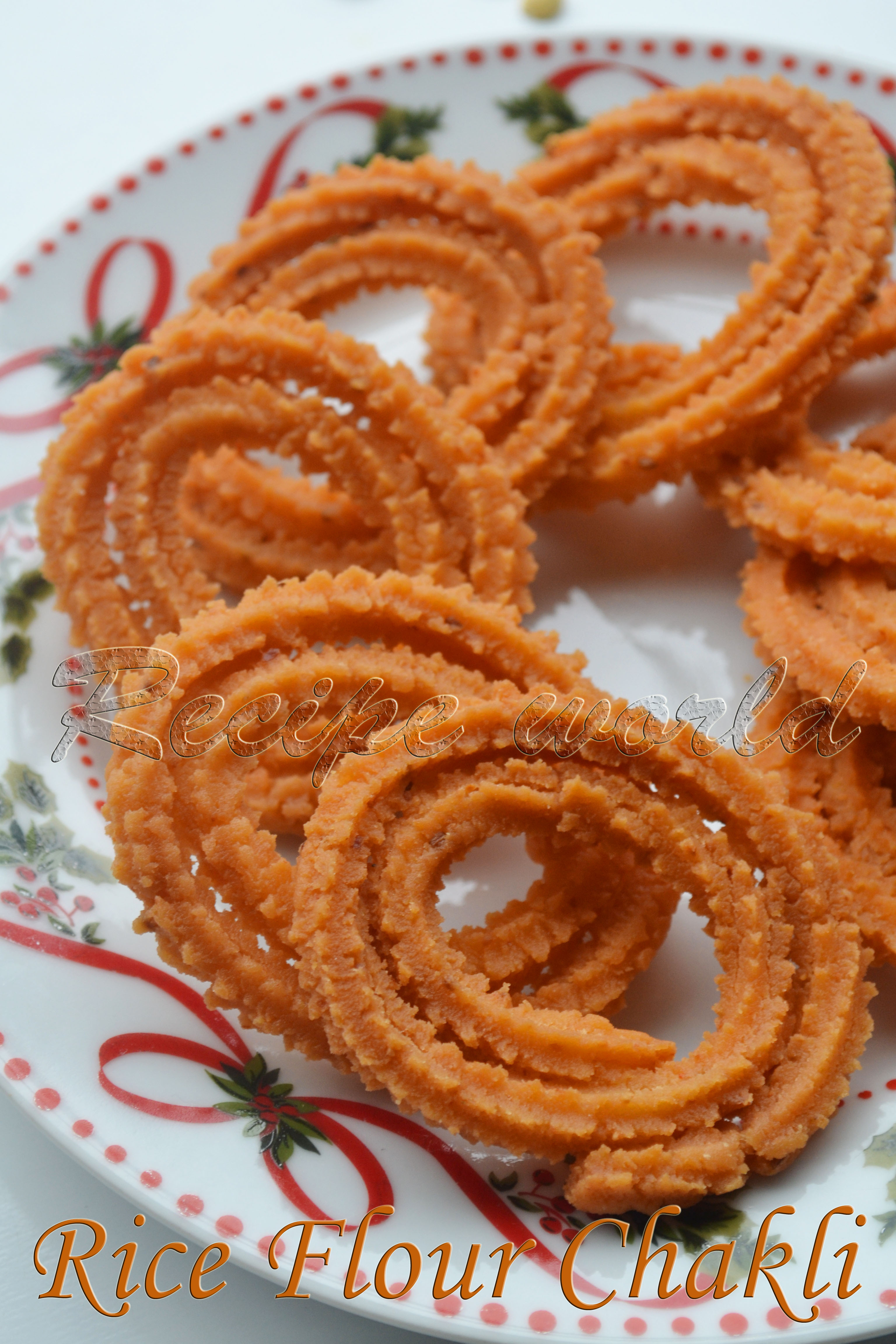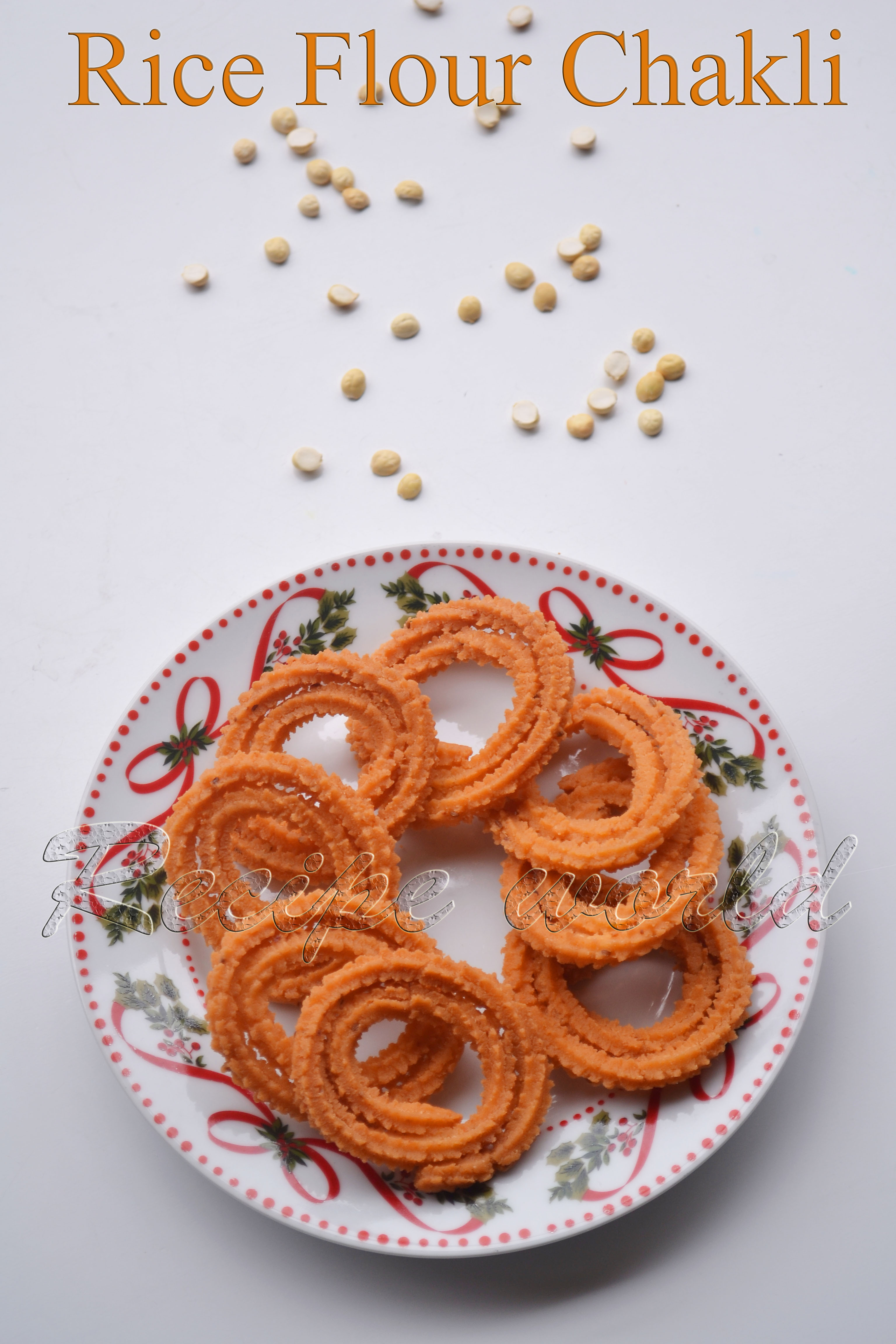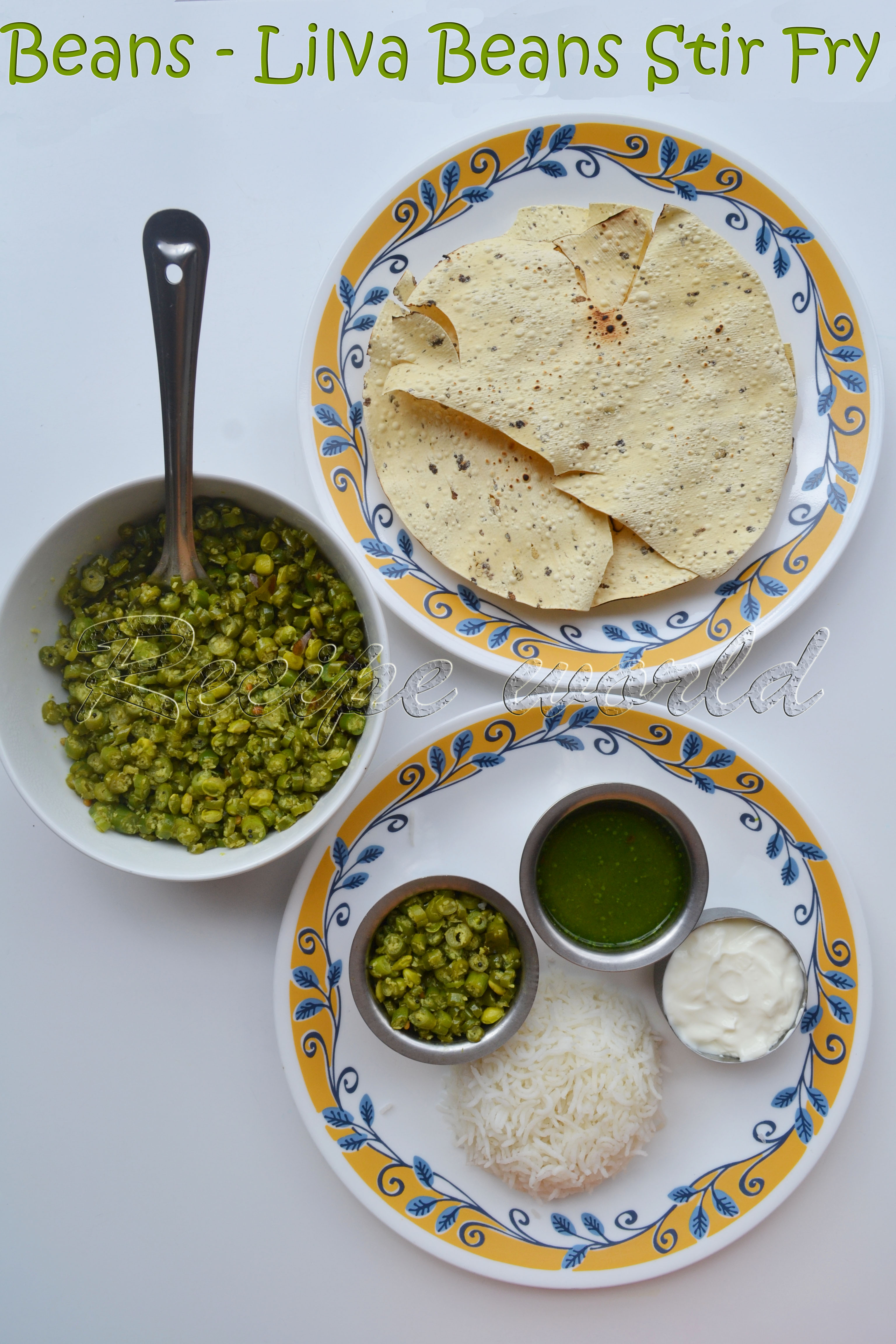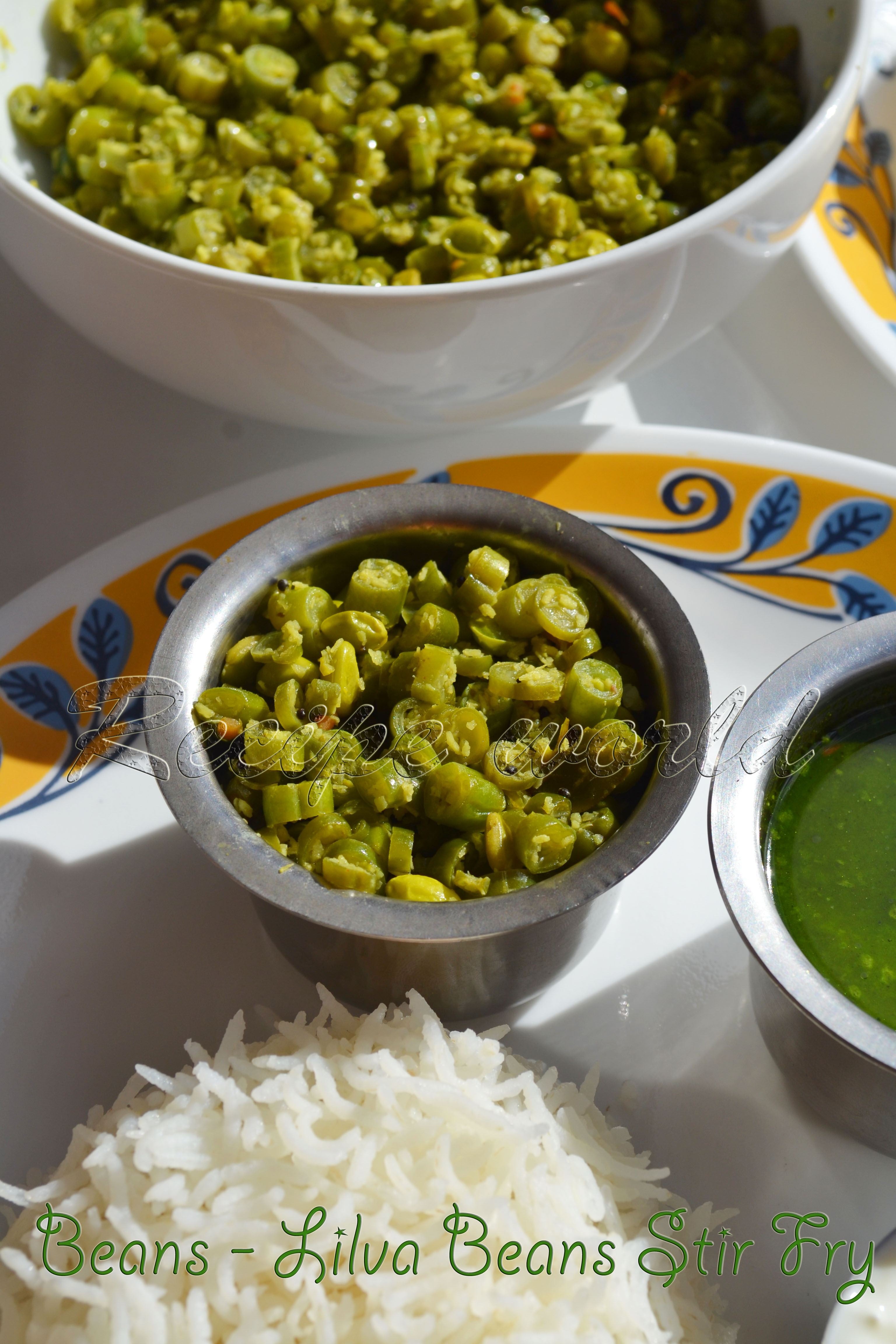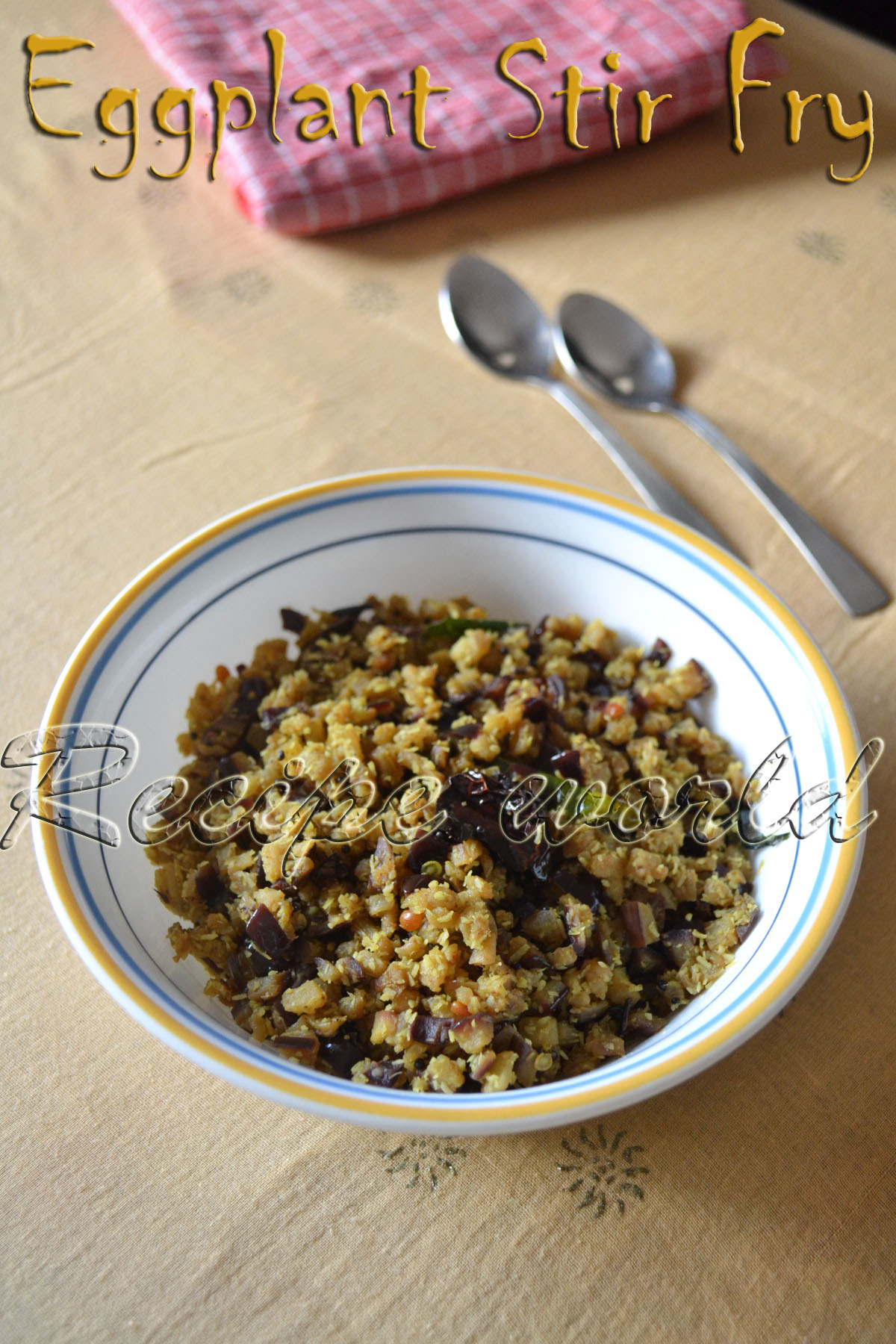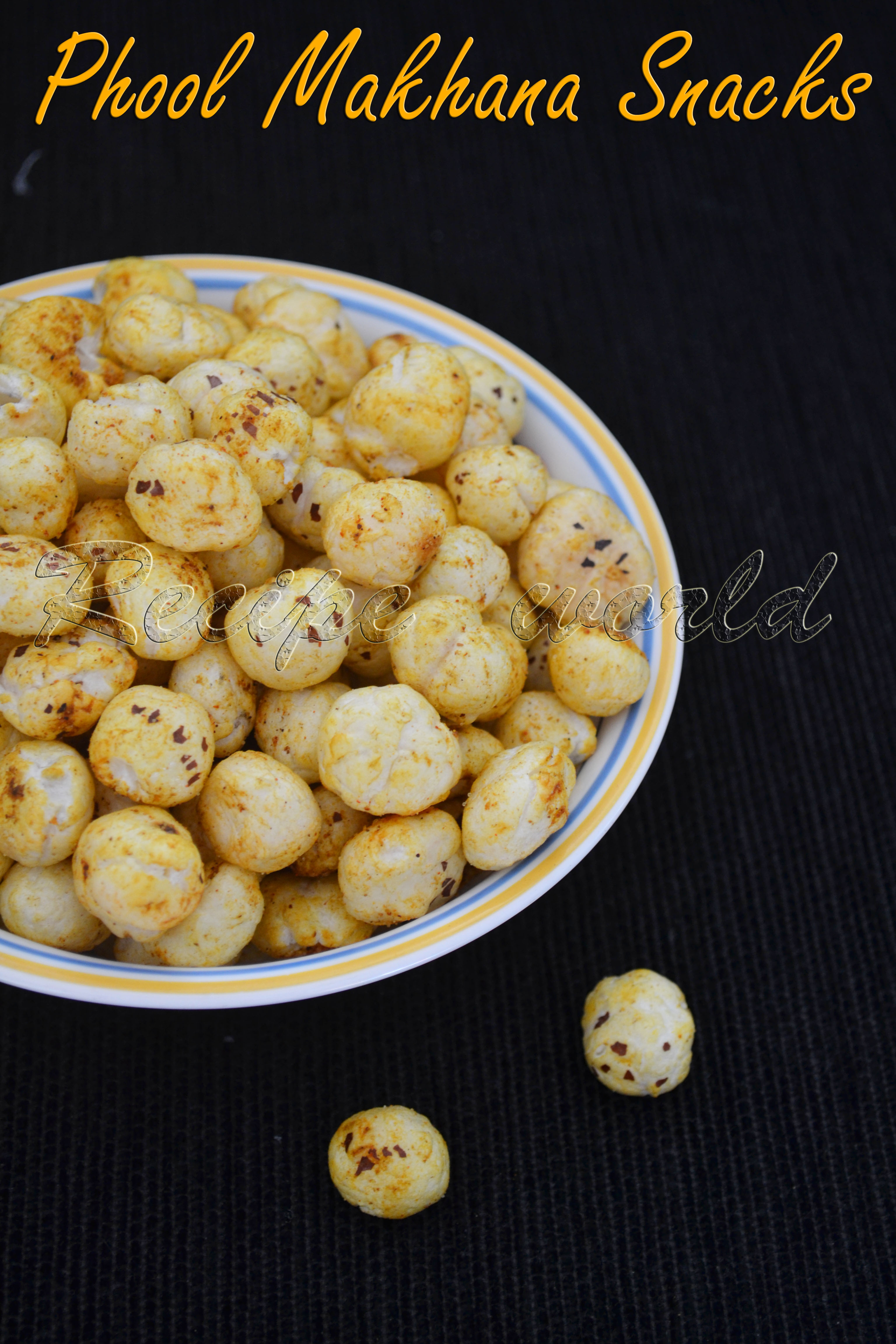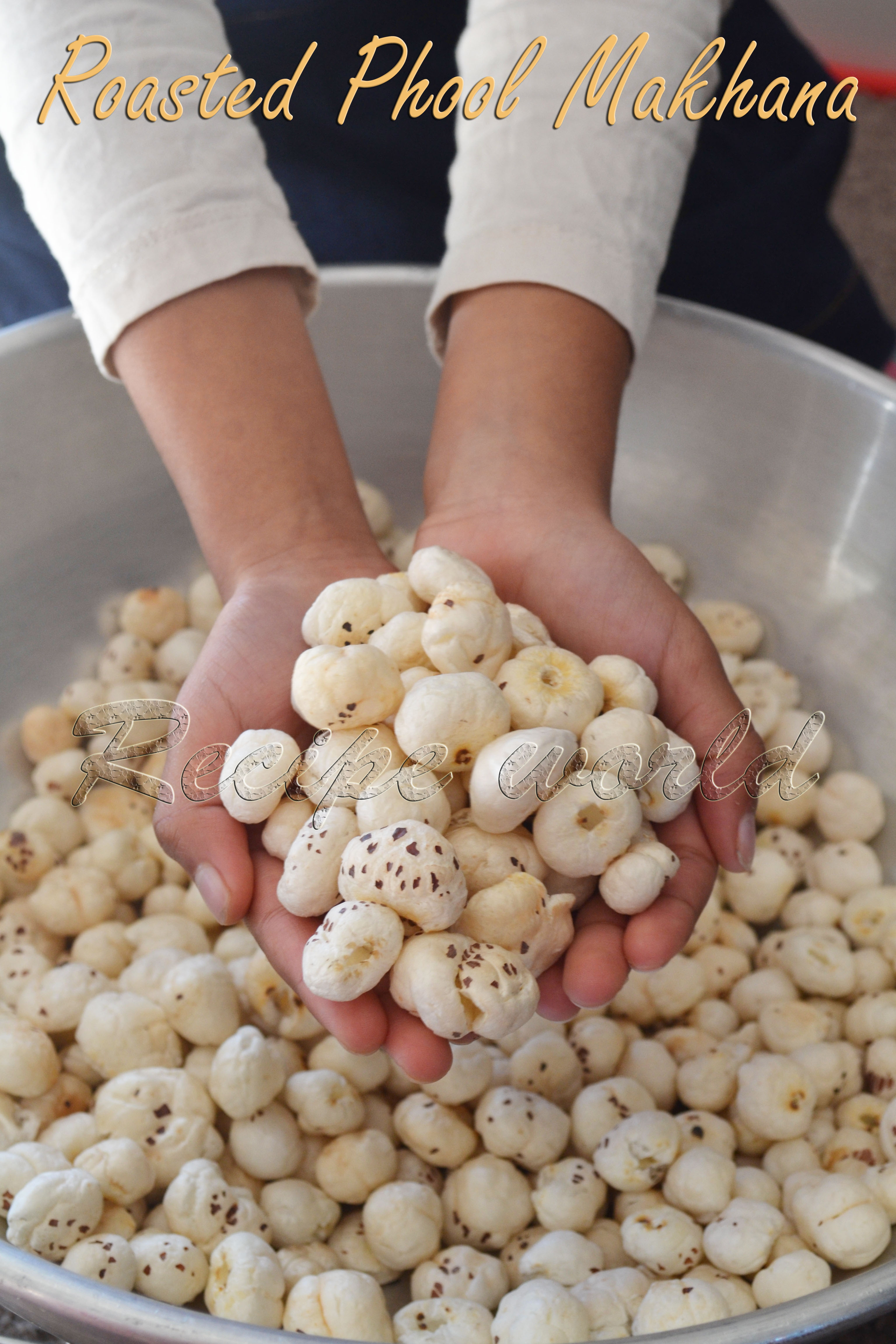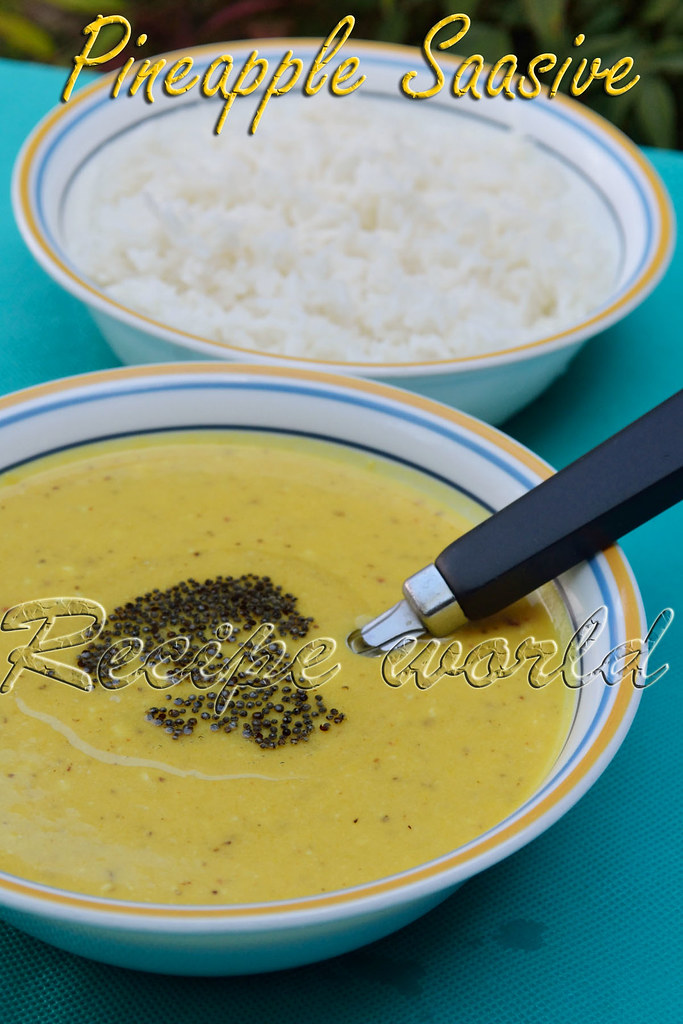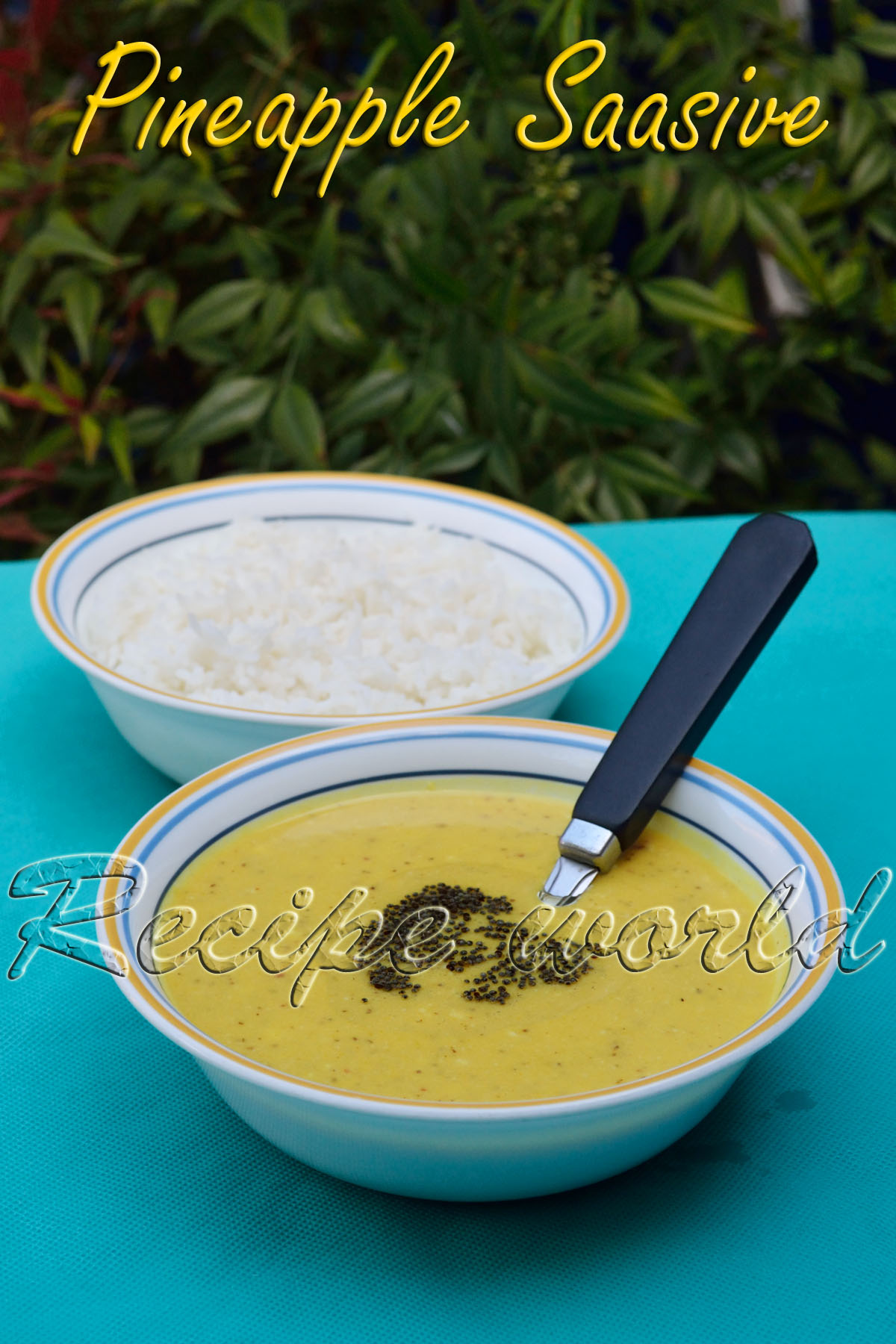Now, its the season of Jackfruits in India. Both raw and ripe jackfruit are great for cooking. Few food items are made using them which can be preserved till the next season. At my mum's place, they prepare raw jackfruit chips, preserve some raw jackfruit flesh in salt water and also, sundry the raw jackfruit pieces. So, its possible to prepare jackfruit dishes whenever they feel like.
My Mum had packed some Sun-dried Raw Jackfruit pieces for us during our recent India trip. We are enjoying typical native style curries once in a while now! Below is the recipe of Sun - dried Raw Jackfruit Bajji or Raita.
Click here to see How to make Sun - dried Raw Jackfruit Pieces.
My Mum had packed some Sun-dried Raw Jackfruit pieces for us during our recent India trip. We are enjoying typical native style curries once in a while now! Below is the recipe of Sun - dried Raw Jackfruit Bajji or Raita.
Click here to see How to make Sun - dried Raw Jackfruit Pieces.
Preparation time: 20 minutes
Soaking time: 20 minutes
Difficulty level: medium
Serves: 4
Ingredients:
- Dried raw jackfruit pieces - 1/2 cup
- Water - 3/4 cup
- Salt - to taste
- Lime squeeze - 1 tbsp or to taste
- Thick curd - 1 cup
- For seasoning:
- Oil - 1 1/2 tbsp
- Dry red chilli - half piece
- Urid dal - 1 tsp
- Mustard seeds - 3/4 tsp
- Green chilli - 1 (or as needed)
- Crushed garlic - 1 tsp
Method:
- Soak 1/2 cup of sun-dried raw jackfruit pieces in 3/4th cup of water for about 20 minutes.
- Pressure cook the soaked raw jackfruit pieces along with the soaked water for 2 whistles.
- Take off the excess water and mash the cooked jackfruit pieces lightly.
- Add 1 cup of thick curd to the mashed jackfruit. Also add salt and lime squeeze for taste.
- Heat oil for seasoning in a wok of small pan. Add red chilli piece, urid dal and mustard seeds.
- When mustard seeds start crackling, add green chilli pieces and crushed garlic. Sauté it for a minute or two, or till aromatic.
- Add this seasoning to the curd - jackfruit mixture. Crush the chillies with ladle or with your finger tips.
- Mix the bajji / gojju / raita well and serve it with hot rice.
Tips:
- Take care while adding salt to this recipe. Since the jackfruit pieces are salted and sun-dried, it already has some salt in it. If the Raita / Bajji tastes too salty, take a palm size of banana leaf and soak it in the salty dish for about 15 - 20 minutes and take it off. Banana leaf will suck the salt content in it.
ಕನ್ನಡದಲ್ಲಿ ಓದಲು ಇಲ್ಲಿ ಕ್ಲಿಕ್ ಮಾಡಿ.






















